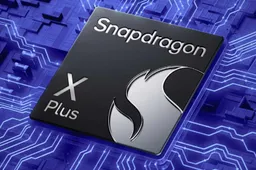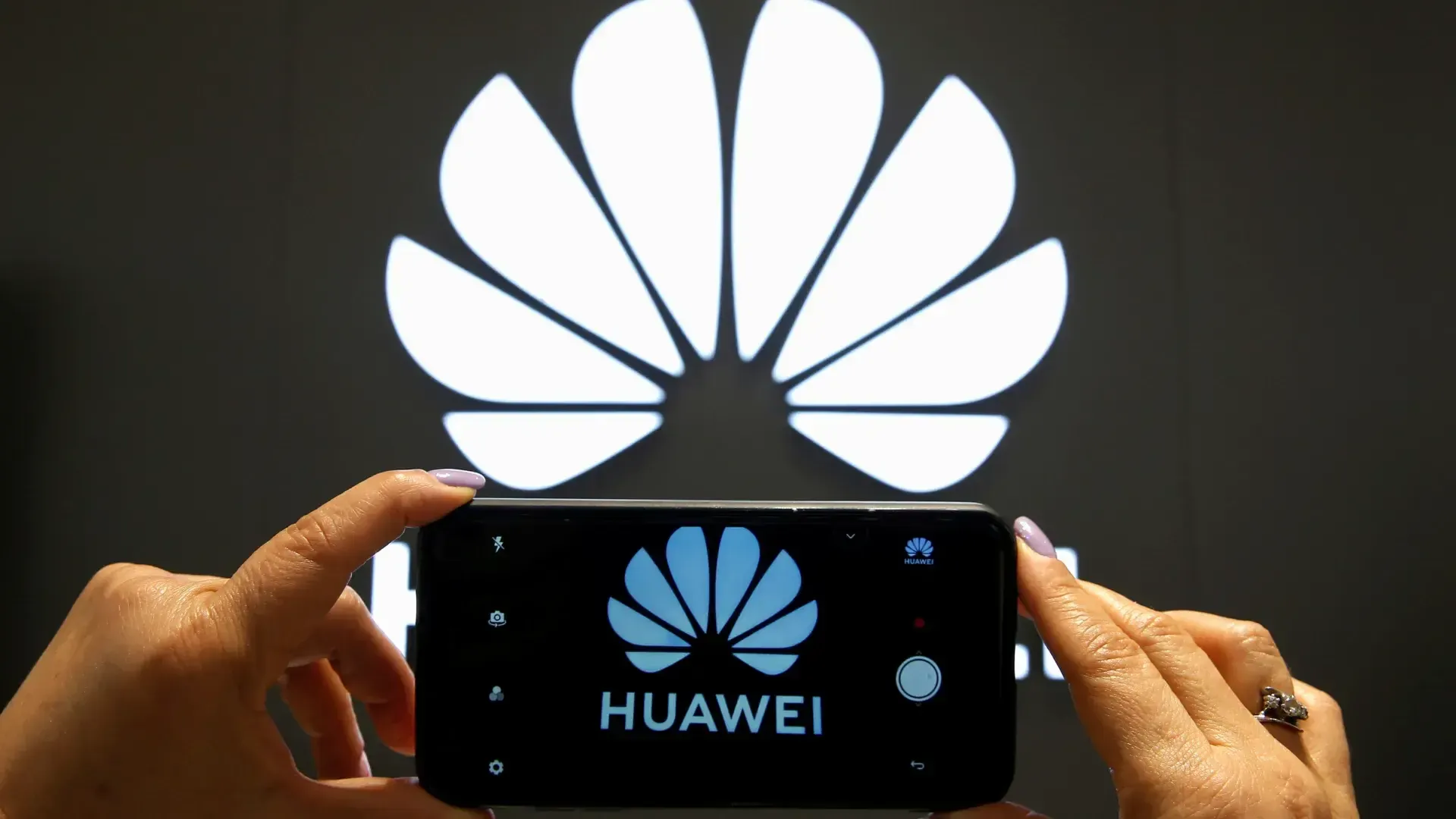
Huawei is a big tech company that makes everything from advanced research tools to consumer products. The Chinese tech giant has faced tough challenges due to U.S. government sanctions. These sanctions have been in place for several years because of concerns about Huawei's alleged connections with the Chinese military. Despite these issues, new data from the Chinese Business Network (CBN) shows that Huawei has adapted well. The data indicates that Huawei's consumer business is recovering in the first half of 2024.
Strong Growth in Revenue and Profit for Huawei
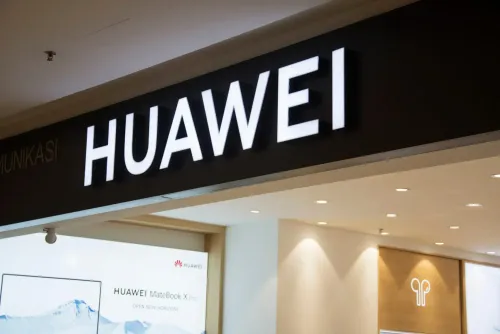
Huawei's revenue for the first half of 2024 reached 417.5 billion yuan, which is a 34.3% increase compared to the same period last year. The company also reported a net profit of 55.1 billion yuan, an 18.2% rise from the previous year. These figures are the best Huawei has recorded for the first half of any year, showing that the company is recovering from the setbacks caused by U.S. sanctions.
These numbers show that Huawei’s business took a major hit after the U.S. began imposing sanctions in mid-2020. However, its recent financial results indicate a rebound. Before 2024, Huawei's highest revenue was in the first half of 2020, when it reported 454 billion yuan. This year, its revenue also exceeded the 401.3 billion yuan reported in the first half of 2019.
For the first time, Huawei's net profit for the first half of the year has gone over 50 billion yuan. The profit margin has grown too, reaching 13.2%, up from 11.6% last year.
Overview of Huawei's Business Areas
Huawei operates in five main areas:
1. ICT Infrastructure
2. Consumer Business
3. Cloud Computing
4. Digital Power
5. Intelligent Automotive Solutions
2. Consumer Business
3. Cloud Computing
4. Digital Power
5. Intelligent Automotive Solutions
While Huawei does not share exact revenue details for each area, we know that its Consumer Business remains the largest source of income. However, Huawei Cloud has shown the fastest growth among these segments.
Huawei's Consumer Business Drives Growth

Huawei’s consumer products, like its latest Mate and P-series smartphones, play a big role in its recent growth. These smartphones use chips from SMIC's Kirin 9000-series, which are built using a second-generation process, and Ascend 900-series processors designed for AI applications.
The production of these chips has been controversial. The Kirin 9000-series chips are made by SMIC, a major Chinese semiconductor company. The technology used to make these chips is seen as a financial loss for SMIC due to the costs involved in producing advanced chips under the sanctions. However, it appears Huawei has made a deal where SMIC, its supplier, takes on these costs.
How Huawei Has Adapted to U.S. Sanctions and Made Profit
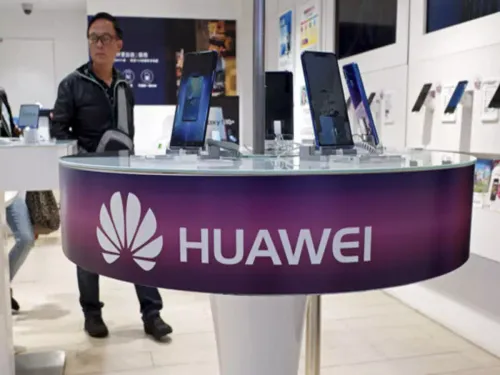
Since the U.S. sanctions began in 2020, Huawei has used several strategies to adapt and continue growing its business. Here are some key strategies:
1. Focusing on the Domestic Market: Huawei has shifted its focus to the Chinese market, where it faces fewer restrictions. The company has built stronger partnerships with local suppliers and manufacturers, which has helped reduce the impact of U.S. sanctions.
2. Developing In-House Technology: Huawei has increased its spending on research and development (R&D) to rely less on foreign suppliers. The company is developing its own technologies and components, like chipsets and software, to ensure it can keep producing its products.
3. Diversifying Its Product Line: Huawei has expanded its range of products to avoid relying too much on any single market segment. It has moved into new areas like cloud computing, digital power solutions, and intelligent automotive technologies. This diversification has allowed Huawei to find new revenue sources and reduce its risk from sanctions targeting specific sectors.
4. Strengthening Supplier Relationships: Huawei has worked to strengthen its relationships with existing suppliers and find new ones to ensure a stable supply of parts. The company has also invested in developing a strong supply chain network that can handle disruptions caused by geopolitical tensions.
Impact of Sanctions on Huawei’s Supply Chain
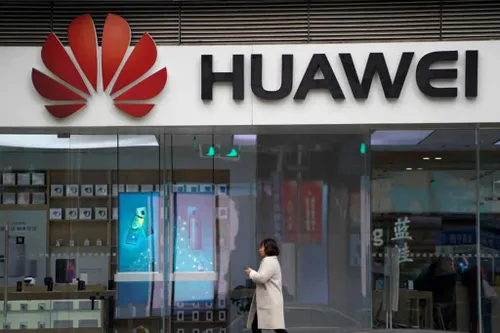
The U.S. sanctions have had a big impact on Huawei’s supply chain, especially in the area of semiconductor components. The company has faced restrictions on buying chips and other key parts from U.S. suppliers. This has forced Huawei to find alternative suppliers and develop its own solutions to maintain its product lines.
Huawei’s partnership with SMIC to produce Kirin 9000-series chips is an example of how it is adapting to the sanctions. SMIC, which also faces U.S. export restrictions, has managed to produce advanced chips for Huawei despite these challenges. This partnership has allowed Huawei to continue making its premium smartphones and other consumer products without relying on U.S. suppliers.
What Lies Ahead for Huawei
While Huawei has adapted to the U.S. sanctions and revived its business, the company still faces many challenges. The geopolitical situation remains uncertain, and further sanctions or restrictions could affect Huawei’s operations and profit. However, the company’s strong performance in the first half of 2024 suggests that it is in a good position to keep growing, even with these challenges.
Huawei’s ability to innovate and adapt will be critical to its future success. The company has shown a willingness to invest in new technologies and markets, which could help it overcome the obstacles posed by the sanctions. If Huawei continues to focus on its strengths and use its existing capabilities, it could remain a major player in the global technology market.
Conclusion
Huawei has faced significant difficulties due to U.S. sanctions over the past few years. However, the company has found ways to adapt by focusing on its core strengths, diversifying its products, and developing its own technologies. The company's strong financial performance in the first half of 2024 suggests these strategies are working.
While the future remains uncertain, Huawei's ability to innovate and adapt will be key to its continued success. If the company can manage the geopolitical landscape and keep growing, it could overcome the impact of the sanctions and remain a leader in the global technology market.
Huawei’s efforts to strengthen its supply chain, focus on new markets, and develop in-house technologies will likely shape its path forward. As long as it continues to build on these strategies, Huawei has a chance to thrive even under challenging circumstances and make even more profit in the near future.
Popular News
Latest News
Loading





